In some American cities, the front door is still locked at fine arts museums. In other cities, museums, sports arenas and entertainment venues are slowly coming back to life.
But jobs in this sector have been dramatically slammed. What is the future for cultural institutions?
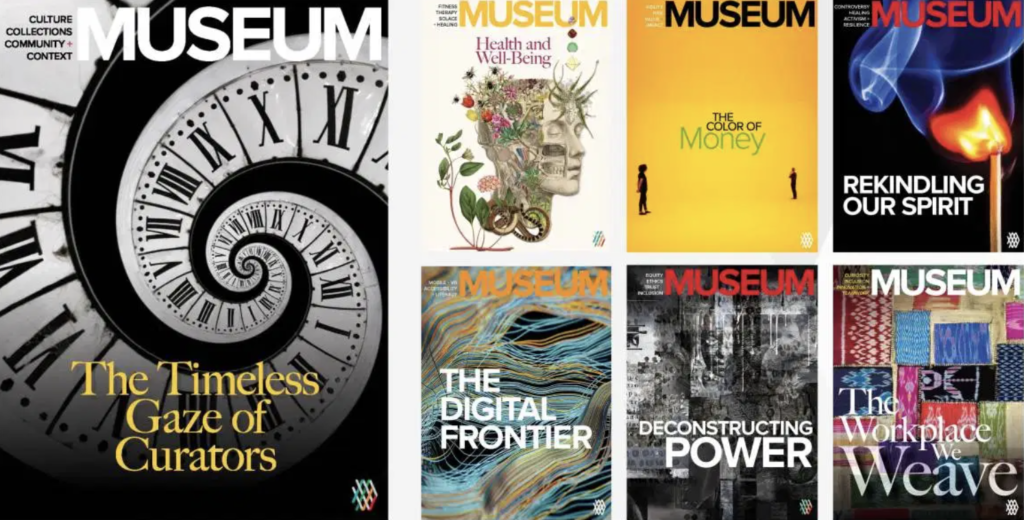
ArtNet News writes, “Some institutions won’t make it…the American Alliance of Museums was predicting the closure of as many as 30% of the nation’s museums if the shutdown extended longer than a couple months.” And it has.
| “The museums we closed will not be the museums we reopen.” — Scott Stulen, CEO/President, Philbrook Museum of Art, Tulsa, OK |
Dare We? Deaccessioning
This Mark Rothko painting, “Untitled 1960,” no longer hangs on the wall at SFMOMA. The museum sold it at auction for $50.1 million. While that sale was several months pre-pandemic, major museums are looking at further deaccessioning in an effort to survive.
There’s backlash.
America’s most revered, The Metropolitan Museum of Art, is getting facing a deficit even after laying off 20% of its staff. Nine museums are selling assets, including the Indianapolis Museum of Art, Brooklyn Museum, Saint Louis Art Museum and the Baltimore Museum of Art, where a sale was called off at the last minute following an outcry.
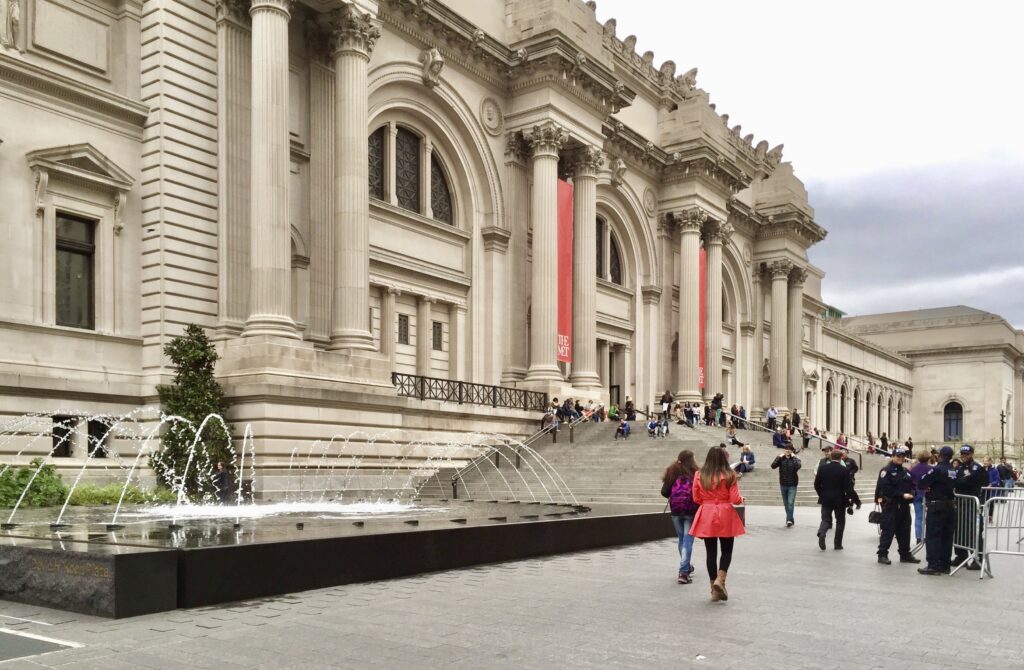
Van Gogh Gone Virtual
The Metropolitan Museum of Art has partnered with Verizon to debut a new virtual experience that invites museum-goers to remotely explore digitally-rendered galleries populated by nearly 50 works pulled from the museum collection.
Excerpts from a report on museums Covid-19 impact and recovery through 2030 from ResearchAndMarkets.com:
Pre-recorded audio guides are being widely used in museums and art galleries as a replacement to conventional guides allowing the visitors interact with additional, enhanced and unbiased information. Visitors are provided with multimedia content transmitters such as headsets, earphones or headphones and audio guides with pre-recorded audio files in the language opted. These audio guides act as additional revenue streams for the organizers and are available in different languages and translated versions that can be used anytime by a large number of people.
These museum audio guides help to enhance visitor engagement, improve accessibility, and provide additional and accurate information aiming to educate visitors with unbiased characteristics. The Louvre Museum, with its 8 million visitors every year, has introduced audio guides to interact content about the pieces of art. Other museums offering visitors with prerecorded audio guides are British Museum in London, San Francisco Museum of Modern Art, and Auckland War Memorial Museum.
Art organizers, museums and zoos are using AR technology to create real world experience for customers, creating a visual tour guide and displaying 3D content in a real-world camera view.
For instance, Cleveland Museum of Art is using augmented reality technology to let users interact and access the most current and comprehensive information about every piece of artwork in the museum. The Acropolis Museum in Athens uses AR technology to bring a collection of architectural and sculptural remains to life.
Safer Than You Think
But what if museums are safer than almost any other indoor environment, assuming that safety guidelines are being followed? A recent study at the Berlin Institute of Technology claims just that, determining that the risk of Covid-19 transmission is far lower in museums and theaters than in supermarkets, restaurants, offices, or public transportation. Read highlights from that report, “Museums Are Safer Than Any Other Indoor Activity, COVID-19 Study Says.”

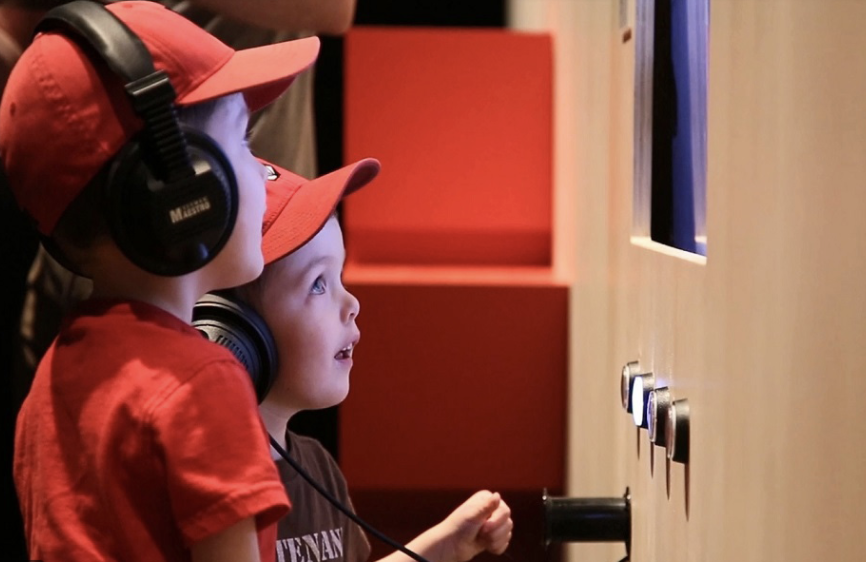
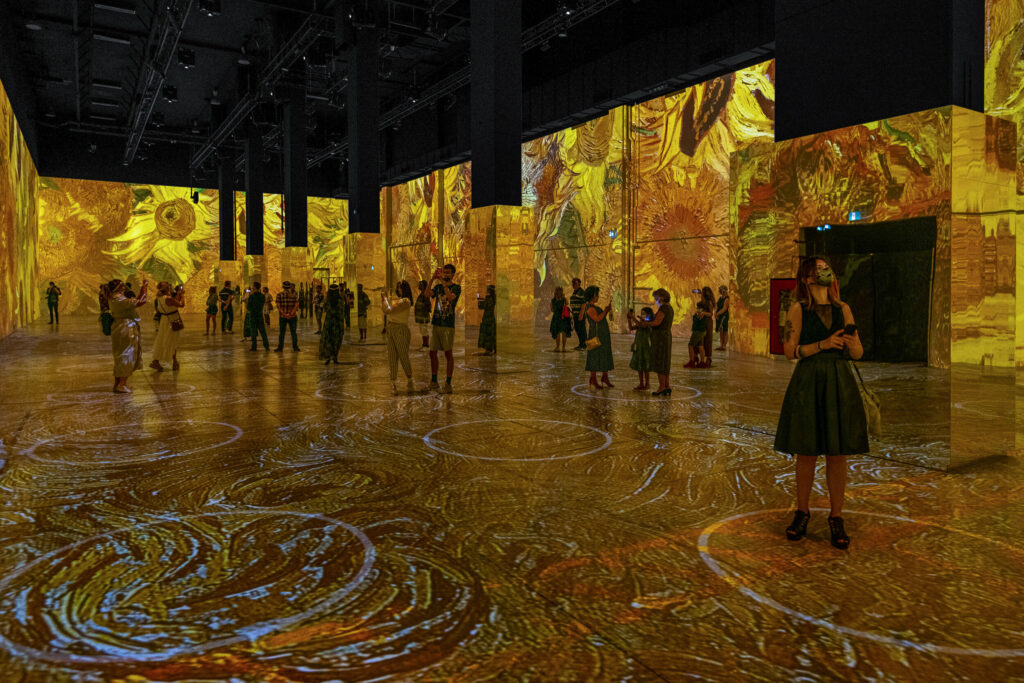
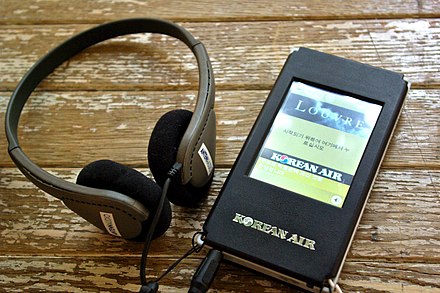
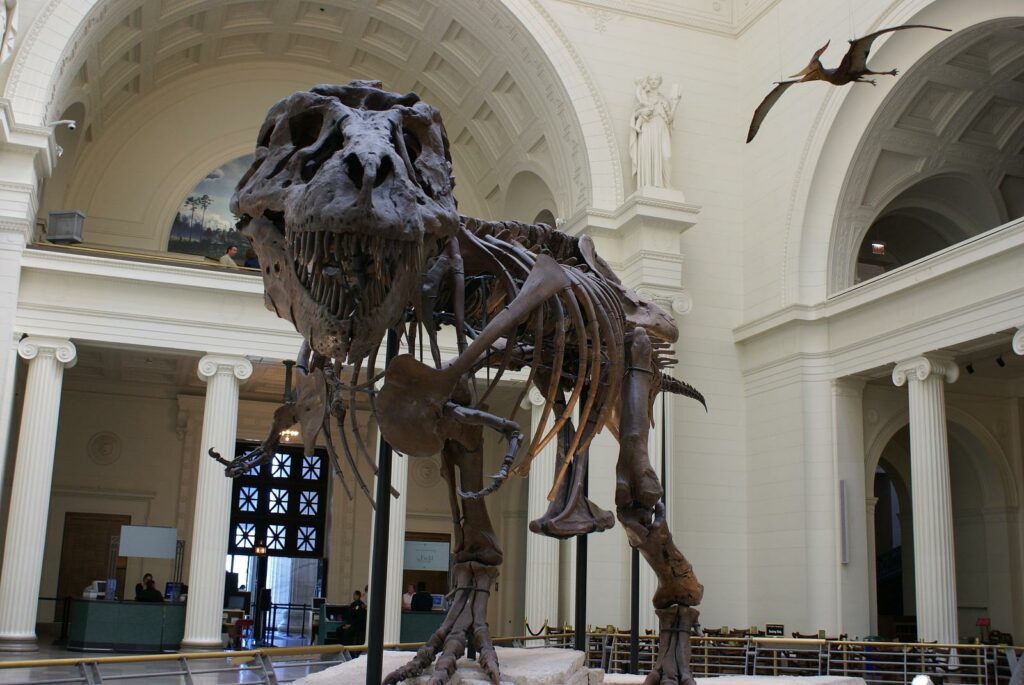

Leave a Reply